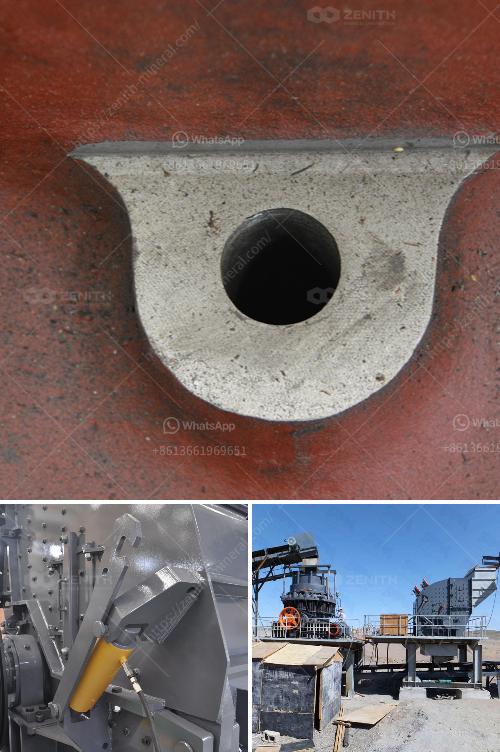Adjusting a cone-type crusher involves several steps to ensure it operates efficiently and produces the desired product size. Here’s a basic guide to help you through the process:
-
Safety First: Ensure the crusher is turned off and disconnected from the power source. Follow all safety protocols.
-
Check the Manual: Refer to the manufacturer’s manual for specific instructions and safety guidelines related to your model.
-
Inspect the Crusher: Look for wear and tear on the mantle and bowl liner. Replace these components if needed, as they can greatly affect the crusher's performance.
-
Adjust the Closed Side Setting (CSS):
- Locate the hydraulic adjustment unit or the manual setting device (depends on crusher type).
- For hydraulic units, adjust the gap by operating the hydraulic pump to move the adjustment ring closer or further away from the mantle.
- For manual settings, use the adjustment screws or nuts to achieve the required gap.
-
Check and Adjust the Discharge Setting:
- Measure the existing discharge setting using appropriate tools (such as a lead-filled ball or equivalent gauging tool).
- Adjust the crusher accordingly, ensuring the discharge gap is uniform around the circumference.
-
Re-tighten and Lock:
- After adjusting, ensure all adjustment mechanisms are re-tightened and locked in place to prevent accidental changes during operation.
-
Test Run:
- Reconnect the power and restart the crusher.
- Allow the crusher to process material and monitor its output.
- Check the particle size and uniformity to ensure it meets your requirements.
-
Fine-Tuning:
- If necessary, make additional adjustments in small increments.
- Continuously monitor and adjust as required to maintain optimal performance.
-
Routine Maintenance: Regularly inspect and maintain the crusher. Frequent adjustments may indicate wear in parts that may need replacing.
Always perform adjustments according to the guidelines specific to your crusher model, and consult with professionals if unsure.

